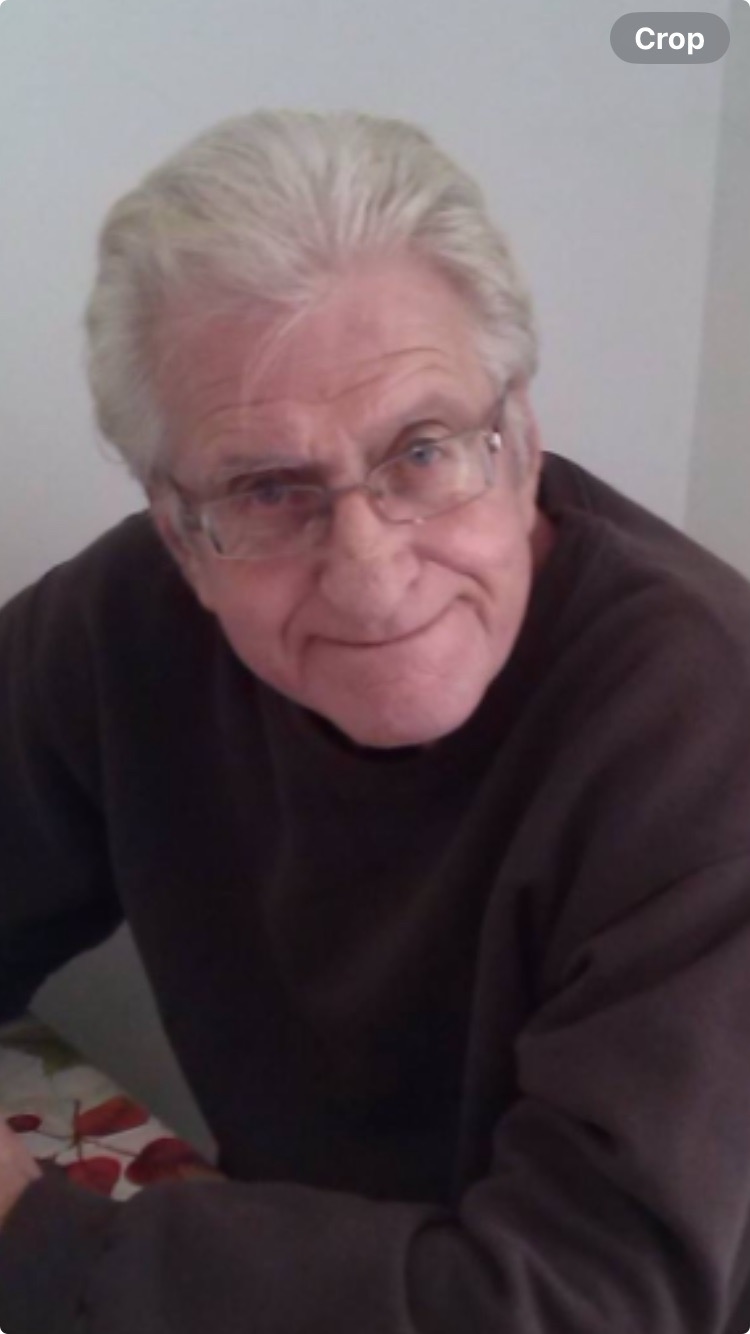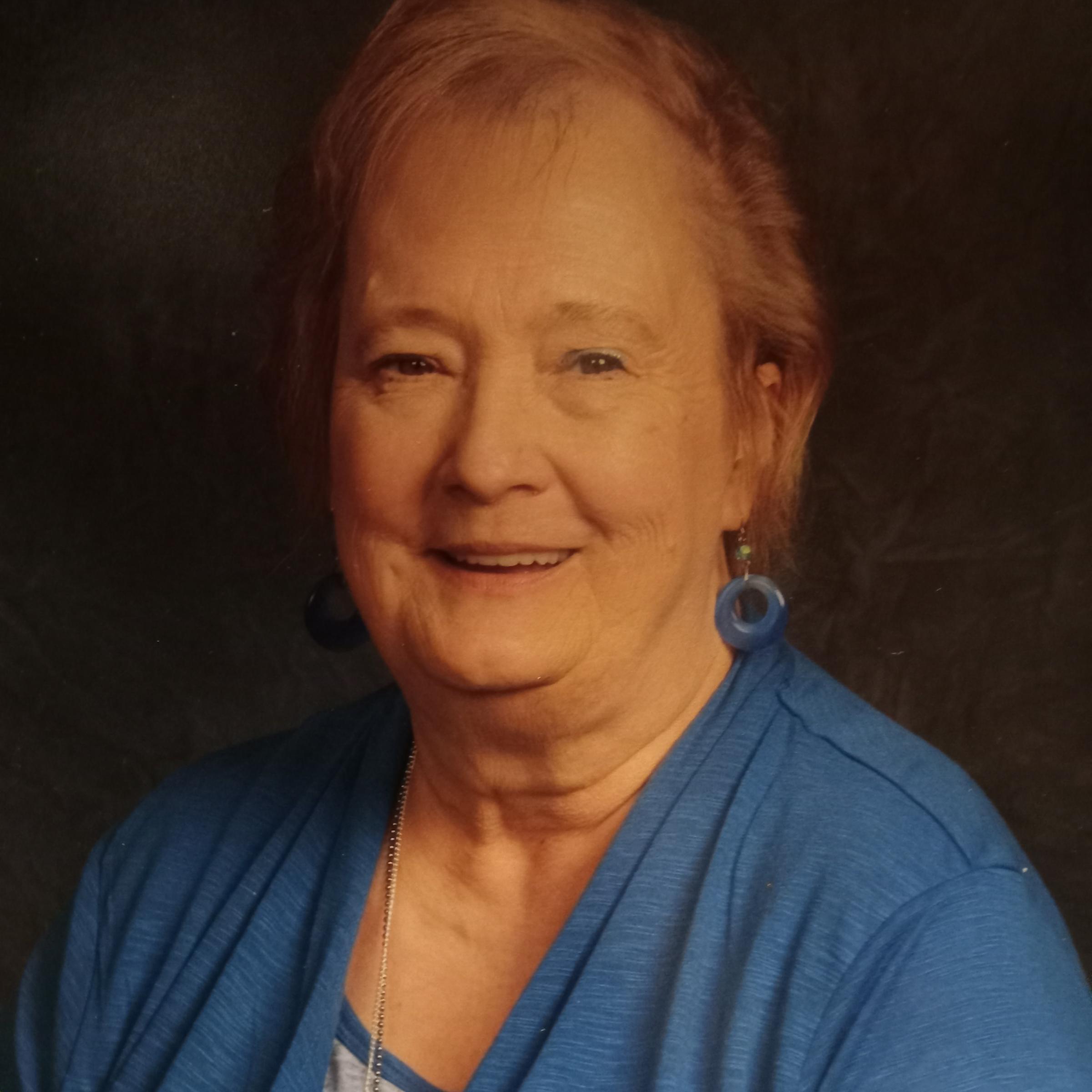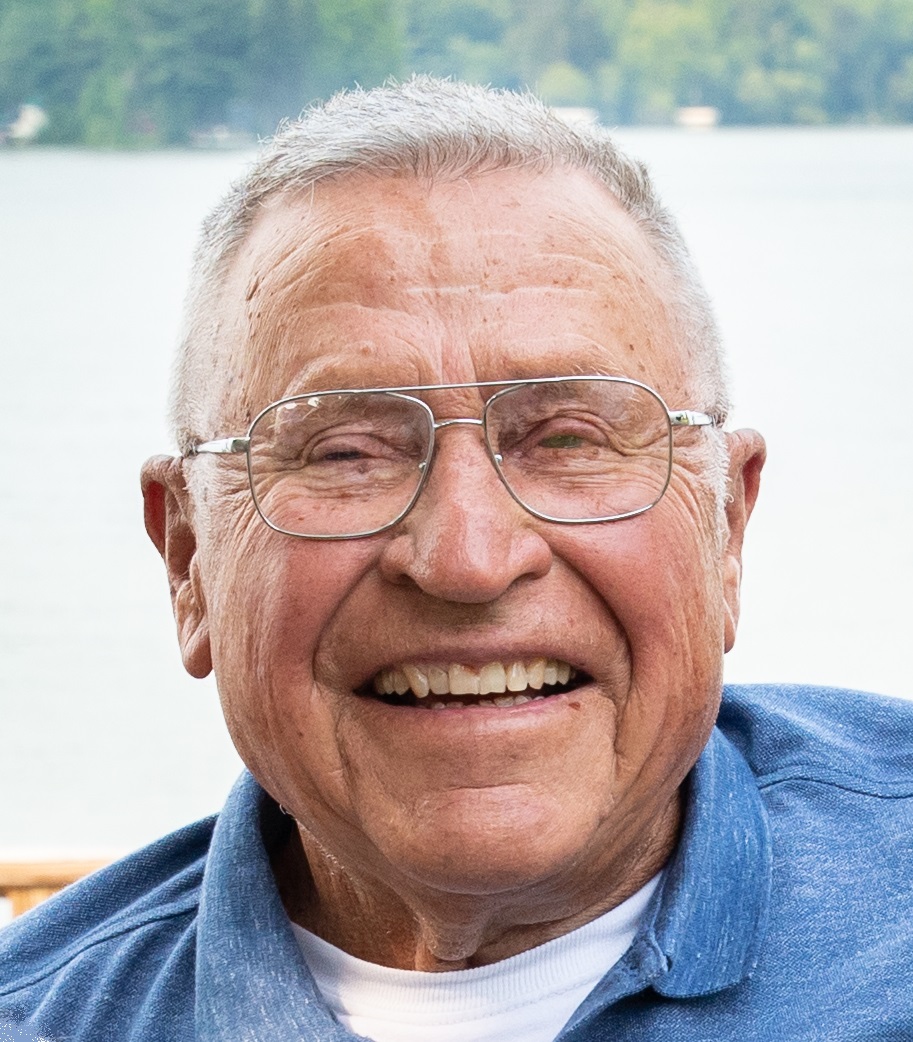When Heather Bartrum was a student at Ivy Tech Kokomo, the professor leading the Surgical Technology program knew she had a lot of potential.
“Heather was a great student,” says program chair Jia Hardimon-Eddington. “She jumped right in. She worked hard. She helped other students and she contributed to everyone’s success. I knew she would be a great ‘surg tech’ and I’m so proud of all she is doing.”
Today, nearly 11 years after graduation and certification, Bartrum does work full-time as a surgical technologist, serving as “private scrub” for Dr. Thomas Reilly, an orthopedic surgeon in Kokomo who specializes in the care of patients with spinal and nerve disorders of the neck and back, and working at the Indiana Spine Group in Carmel. It’s a job she loves … but not one she ever thought about before a life-changing mid-life accident and a spiritual “battle” that led her to Ivy Tech Community College.
Bartrum was born and raised in Howard County. After graduating from Western High School in 1992, she attended Indiana University Kokomo for a year before going to work, first as an “eye tech” at New Vision Optical and then as a teller at First National Bank. Marriage came in 1996; a daughter arrived in 1997 and a son followed in 2000. She was a full-time mom, later working part-time at Northwestern Schools when the youngest went to kindergarten.
Then, in 2008, came that life-changing accident. While washing her dad’s pick-up truck, she fell from the back and shattered her leg. “Surgery … and three months, no weight bearing. It was a humbling experience,” Heather remembers. “That’s when God first spoke to me. He told me to go into surgery. I was called to help other people going into surgery.”
Bartrum says she fought the idea for months, but, she adds with a smile, God eventually won and her faith took her forward. She had been out of high school for more than 15 years; she says she didn’t think she was smart enough. She knew nothing about surgical technology or what it entailed, but she came to Ivy Tech to see what was available and was soon enrolled in the pre-requisite courses for the program.
“The professors were all phenomenal,” she said, remembering among others a great math teacher and her English professor, Ethan Heicher, who is now Ivy Tech Kokomo’s chancellor. “I wasn’t just a number in the class. The professors helped me. I got into some great study groups.”
With her pre-reqs achieved, Bartrum was admitted into the surg tech program, then located in one room in the Inventrek building on East Firmin Street. She recently visited Ivy Tech’s new Surgical Technology laboratory in the Health Professions Center on the transformed campus at 1815 E. Morgan St. and talked about her very different experience.
“Oh, my gosh, it would be awesome to go through the program as a student in this new facility,” Bartrum said. “They get so much more hands-on experience. We had a big classroom but the lab was very small, just one bed to practice on …” The new Surg Tech lab includes four surgical suites fully outfitted in current technology that offer training opportunities to the same number of students that were in Heather’s class.
“Jia helped me a lot,” Bartrum said. “When I started, I didn’t do very well testing. Jia would go over the tests with me afterwards. I could answer the questions when talking to her and she helped me figure out what I needed to do to capture the correct answers on the tests.” She also credits the partnerships Ivy Tech has with local medical facilities to offer clinical rotations and internships, particularly citing Joyce Hughes, now retired, who, as Heather’s preceptor at Dukes Memorial Hospital, provided great experience.
Bartrum graduated from the program in 2012, 20 years after graduating from high school, earning an Associate of Applied Science degree in Surgical Technology and passing her certification exam on the first try. She was hired as a certified surgical technologist at St. Joseph Hospital and within six weeks was working with Dr. Reilly.
Bartrum offers two pieces of advice to those who follow her. First, always verify the sizes and dates of equipment and material used in the operating room; don’t rely on others. Second, “if you ever mess up, don’t beat yourself up. Write it up, think about how you can do it better and then don’t ever do that again.”
She encourages others to follow their dreams. “By the grace of God, a lot of studying and determination, and pushing yourself, you can do it,” she says. In addition to her “day job,” Bartrum works with her father raising cattle and has been involved with 4-H in Howard and Carroll counties.
“I just love my job. I feel like I’m doing something not just for the person going into surgery but also for my community,” Bartrum adds. “As I’ve told my kids, a job is something you get and have to go to. A career is something you don’t mind getting up and going to every day, something you enjoy and that is fulfilling to you. I love my job and I don’t regret anything. There are days that are hard, that you’re tired and worn out and your body hurts. But I am blessed.”
About Ivy Tech Community College
Ivy Tech Community College is Indiana’s largest public postsecondary institution and the nation’s largest singly accredited statewide community college system, accredited by the Higher Learning Commission. Ivy Tech has campuses throughout Indiana and also serves thousands of students annually online. It serves as the state’s engine of workforce development, offering associate degrees, short-term certificate programs, industry certifications, and training that aligns to the needs of the community. The College provides seamless transfer to other colleges and universities in Indiana, as well as out of state, for a more affordable route to a bachelor’s degree. Follow Ivy Tech on Facebook, Twitter, Instagram, and LinkedIn for the most up-to-date information.
Ivy Tech Community College Kokomo Service Area serves Cass, Fulton, Howard, Miami, Pulaski and Tipton counties, including the communities of Kokomo, Logansport, Peru, Rochester, Tipton and Winamac.

Heather Bartrum couldn’t help being a little jealous of current students during recent visit to Ivy Tech Kokomo’s new Surg Tech classroom and lab
.jpg)
Surg Tech program chair Jia Hardimon-Eddington shows off new surgical suite to alumna Heather Bartrum

Jia Hardimon-Eddington and Heather Bartrum shared memories and perspectives during Heather’s recent visit to the new home of Ivy Tech Kokomo’s Surgical Technology Program






.jpg)









